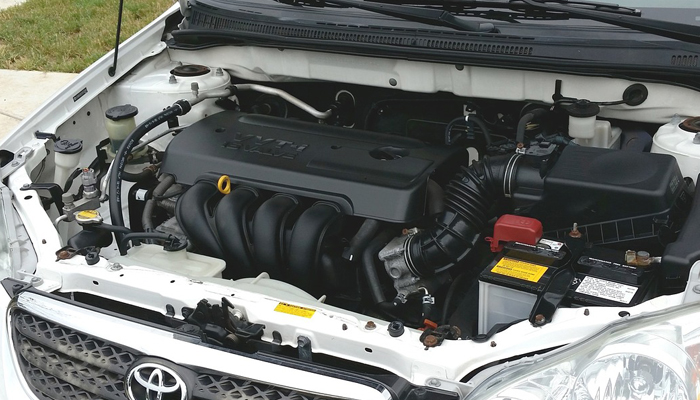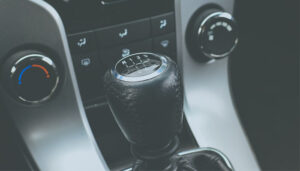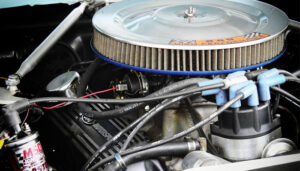When you are going away and leaving your car in storage for an extended period of time, there is one thing you should remember to do. You need to disconnect the battery from your car. If you forget to do this, you might end up dealing with costly repairs.
So, why should you disconnect the battery when you’re storing your vehicle? In this article, we will discuss why you should perform this essential car maintenance routine. We will also teach you how to do this safely.
The Importance of Disconnecting your Vehicle’s Battery
When you disconnect the battery from your car before you leave, you can avoid replacing it and spending money on repairs once you return. Keep in mind that even when a car is not in use, certain components—the clock and on-board computer, among other electrical systems—will still drain the battery. So, if you leave your vehicle sitting for too long, once you use it again, it might not start.
Several car experts also claim that more advanced vehicles these days have several electronics and modules. So, in a matter of weeks, the battery can get drained. It is worth noting that the average cost of a battery replacement is around $40 to $100. Of course, you can always try to jump-start it. However, the life of the battery will still be reduced. Moreover, you will put too much work on the alternator, wearing it out faster.
However, before you disconnect the battery from your car, you need to know that doing so will bring back all the electronic systems to their default settings. So, you must be ready to reset the clock and any other systems. Needless to say, it is advisable to familiarize yourself with the settings before you disconnect the battery. You should also learn about the other risks of disconnecting or reconnecting the battery. That said, make sure you talk to your dealer first. While you’re at it, you can also ask for some car maintenance tips you’ll need for storing your vehicle.
Proper Preparations for Disconnecting your Car Battery Safely
Before you try to disconnect the car battery clamps, you need to make proper preparations to ensure the safety of the process. The first thing you need to do is inspect the battery closely. Look for signs of increased wear or advanced corrosion. If you find any, you need to take additional precautions, including containing the corroded areas properly.
Switch off everything that uses electric power, such as the lights and the features on the dashboard. Remember to protect your eyes and hands by using special gloves and safety goggles. Also, remember to get the right sized socket for your wench. In this way, you will be able to disconnect the clamps easily when necessary. If you notice that the battery has been severely affected by corrosion, avoid tinkering with it. In this case, it is best to contact a professional mechanic to help you remove the battery safely.
How to Disconnect your Car Battery Safely
Remember that the negative terminal will have a minus (-) sign and a black cable. On the other hand, the positive terminal will have a red cable and a plus (+) sign. The first thing you need to do is disconnect the negative cable. Take your wrench, then loosen the nut connecting the battery’s negative terminal. Once you’ve done that, you can remove the nut completely.
Now, remove the terminal from the battery post and put it carefully beside the battery. Make sure to wrap it up to avoid accidental contact. Once you’ve removed the positive terminal cover, you can proceed to remove the nut holding the positive terminal. Clean the connectors and the battery posts by sprinkling baking soda on them. Of course, don’t forget to wipe the residue off.



